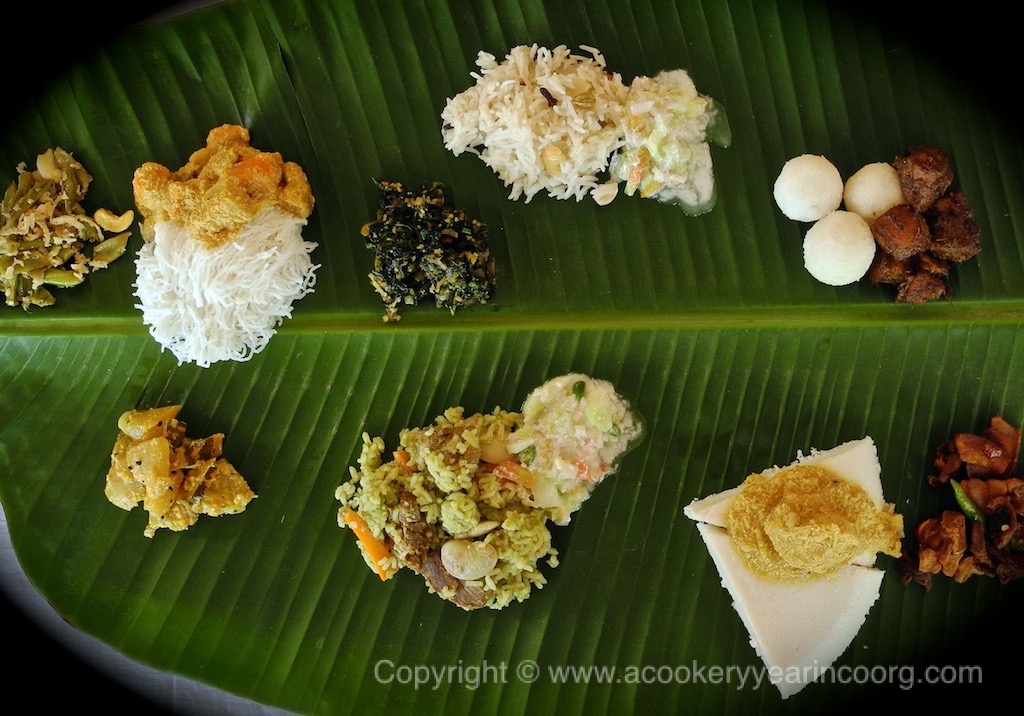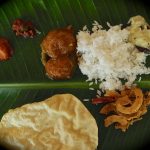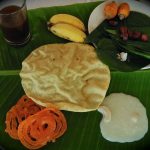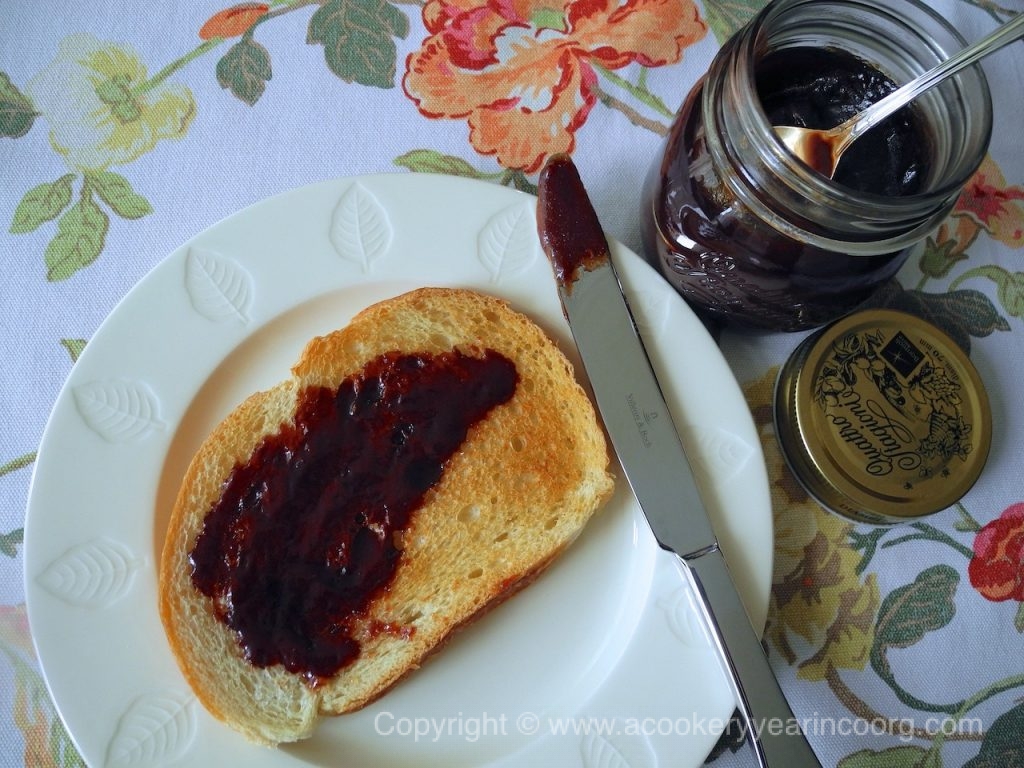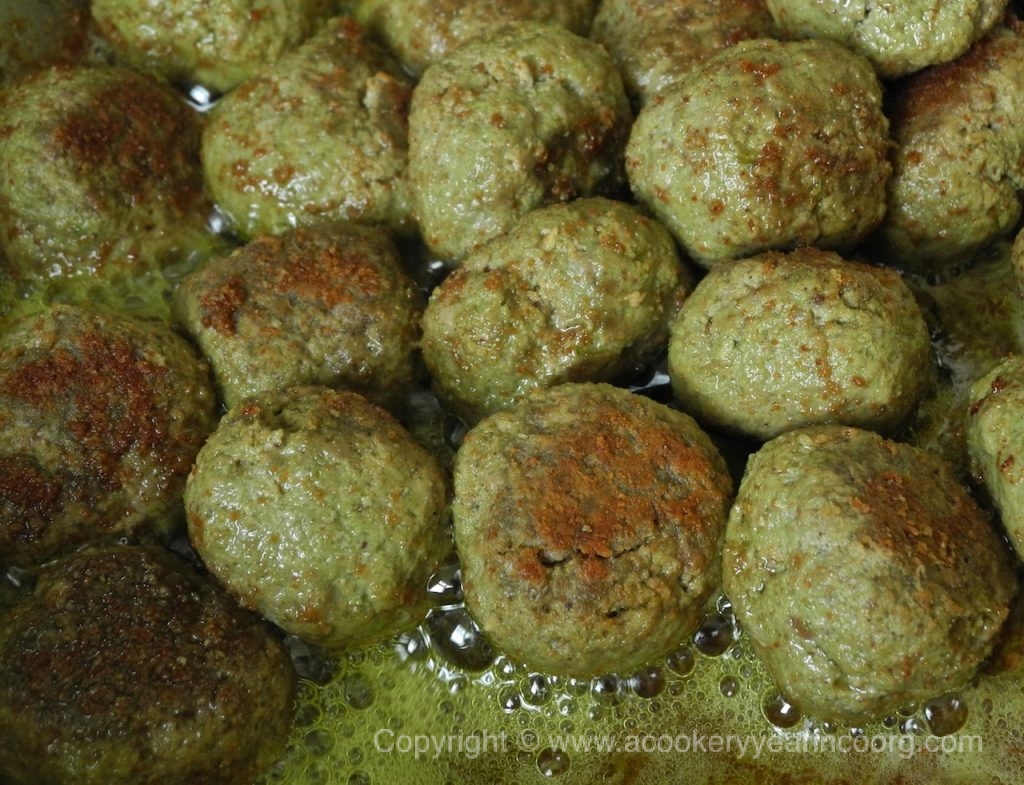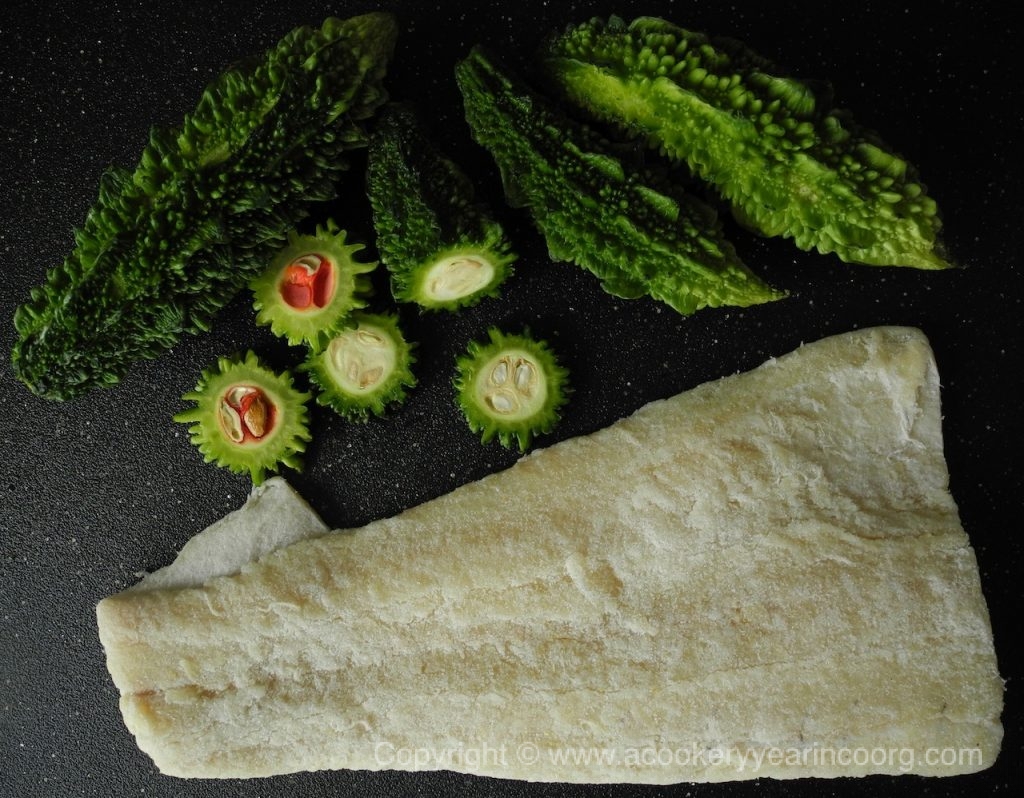For many years now, I’ve been paying virtual visits to Visakapatnam, (Vizag) India, to the kitchen of one of the most outstanding Indian food bloggers – Sailaja Gudivada.
Sailaja, or Sailu, as she’s popularly known, serves up traditional Andhra fare, along with a range of Indian and international favourites, ayurvedic recipes, recipes for kids, and even a crafts zone on her blog. Her recipes are impeccable, beautifully presented, and she even manages to make cakes and cookies look like healthy foods! My recipe files are filled with favourites from her lovely blog, and every one is a winner.
If you aren’t already familiar with Sailu’s Kitchen, you’re in for real treat!
Sailaja hosts the “Indian Food Trail” in which she invites fellow bloggers to showcase the regional cuisines of India. Previous posts by guest bloggers have featured Bengali, Maharashtrian, Mangalorean, Hyderabadi and Mysore cuisine. You’ll learn more about Kongunad, Khandeshi, Malabar, and Konkani cuisine here. Fancy a snack? Choose from traditional Tamil tiffins, or sweets and snacks from Kerala and Maharashtra.
I’m delighted to be a guest poster on the “Indian Food Trail”. Please join me as I visit Sailu’s Kitchen once again, this time, to share “A Taste of Kodava Cuisine“!
My grateful thanks to Professor B.P. Appanna, Vindhya Somaiah, B.A. Deviah, and of course, Mum (especially for saving the kaad maangé and baimbalé!)

